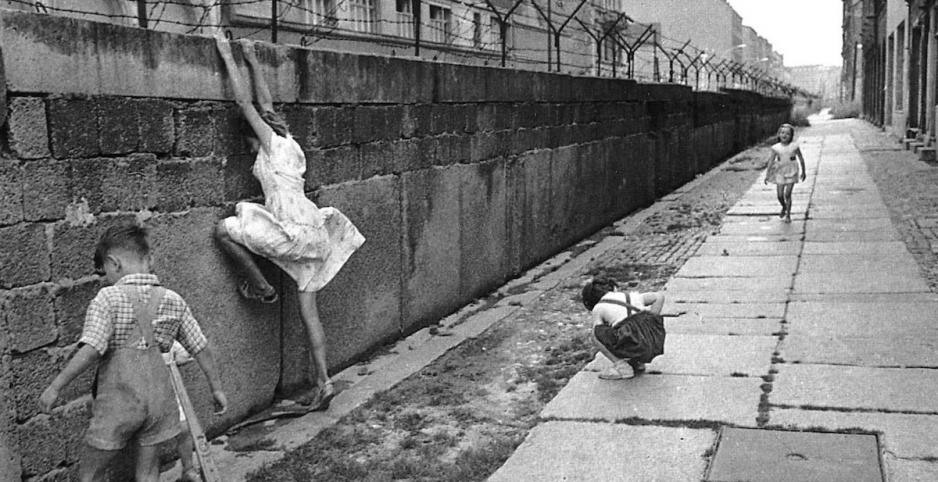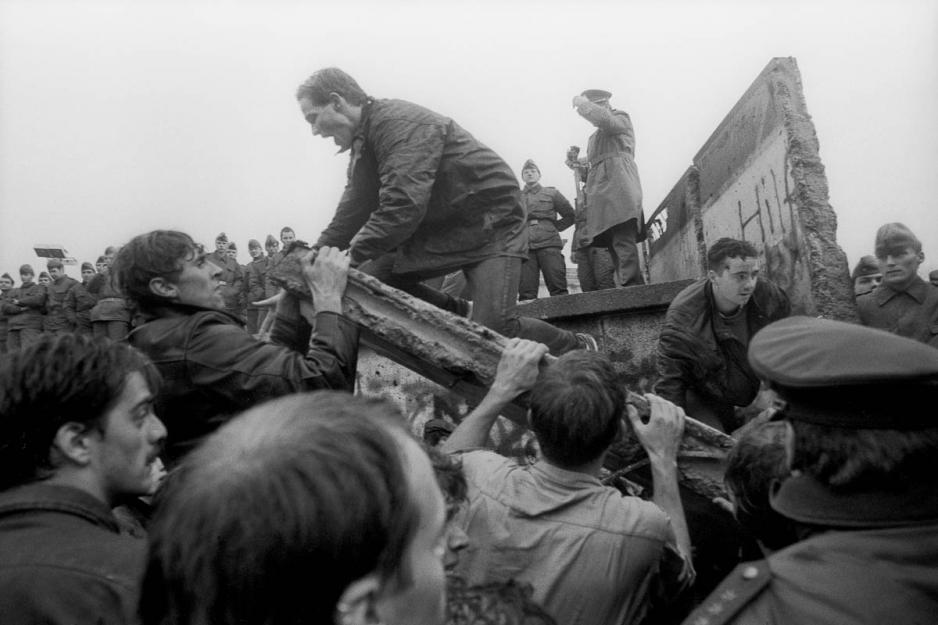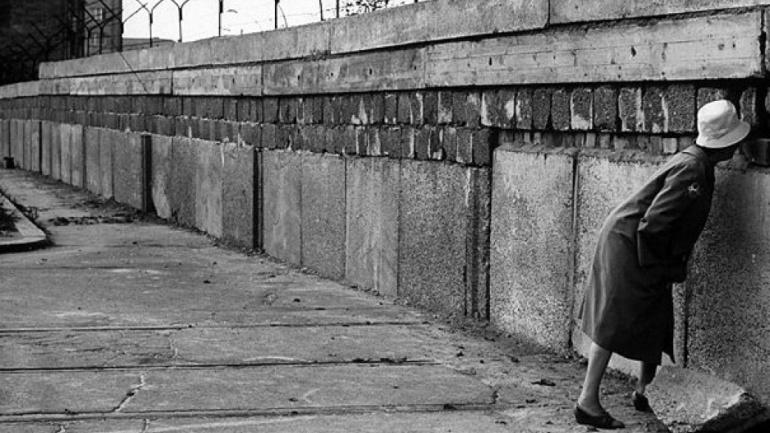Like today 28 years ago, on November 9, 1989, the Berlin Wall was torn down by residents of both the East and the West.
The Berlin Wall, dubbed the "Wall of Shame" by the West and the "Antifascist Firewall" by the East German government, began to take shape in the heart of Berlin on August 12-13, 1961. The purpose of its construction was according to the German Democratic Republic, restricting the flight of its inhabitants to the Federal Republic of Germany.
For more than 24 years, the wall was a natural border between East and West Berlin, and was the most important symbol of a divided Europe.

After the end of World War II, Germany was divided into four occupation zones under American, British, Soviet and French rule. Berlin, once the capital of Prussia, Imperial Germany and Nazi Germany, was divided in the same way.
In 1948 the cooperation of the four occupying forces came to an end, when the Soviet Union suspended its participation in the Allied Control Council and the Inter-Allied Administration. After that, the Soviets began to interfere with Western communications with the ultimate goal of forcing them to leave the capital. Eventually West Berlin managed to survive the blockade by supplying the United States through flyovers.
The complete division of Berlin into East and West took place when a separate municipal authority was established in East Berlin. In 1949, the German Democratic Republic, or East Germany, was created in the Soviet-controlled zone, making communication between the two parts of Berlin quite difficult.
The reason for the erection of the wall was the growing wave of flight to the Federal Republic of Germany. After all, until August 1961 the escape was not difficult to make, as it was enough to take the metro or the Berlin railway to cross from East to West. The flight became known as the "vote through the legs."
But relations between the United States and the Soviet Union were strained, and it was decided on August 12 to close the border around the western part of Berlin. The first wall separating East and West Berlin began to exist on August 13, and consisted of barbed wire. However, as relations between the two sides soured, the barbed wire gave way to concrete walls 3,6 meters high and 45 kilometers long.

Throughout the years of the wall's existence, the two sides faced intense confrontations, culminating in Soviet nuclear weapons tests. However, after Gorbachev took over the Soviet Union, Hungary opened its border with Austria, which allowed the East Germans to flee west.
This played the most important role in opening the country's border with the West on November 9, 1989. After 28 years, the wall ceased to exist on the initiative of the Berliners, and a year later, on October 3, 1990, Germany was reunited.

Today only three parts of it have remained standing, since most of it has been demolished. The first section is 80 meters long and is the "first Wall", where the Gestapo headquarters were located, the second section concerns a longer part of the second wall, along the river Spree, known as the East Side Gallery, while the third part of it is located in Bernauer Straße, which was turned into a monument in 1999. In fact, the eastern part of the wall is now covered with graffiti, which did not exist when guarded, but were created by artists in 1990 when they were called to decorate the parts that were not destroyed.

